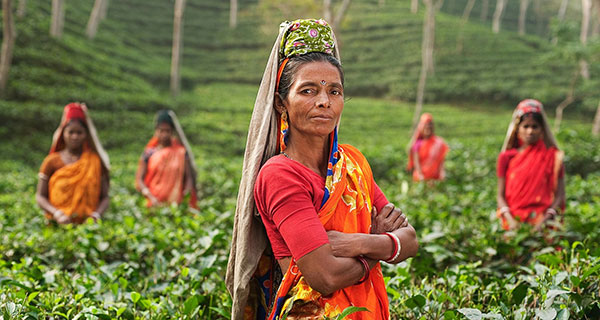 According to recent news reports, economic inequality is on the rise. Since inequality is the gloomy backdrop for many policy discussions, it’s unsurprising that many people in the world’s wealthiest countries worry about the issue.
According to recent news reports, economic inequality is on the rise. Since inequality is the gloomy backdrop for many policy discussions, it’s unsurprising that many people in the world’s wealthiest countries worry about the issue.
However, very few are aware that this increase in inequality (the magnitude and causes of which are hotly debated) is not a global phenomenon. Rather, it’s a rich world problem.
On the planet as a whole, inequality has fallen dramatically. Not only has it fallen in terms of income, but it’s fallen in other dimensions of human well-being such as life expectancy and schooling. This is a poorly known fact in need of greater coverage.
In the early 19th century, most countries were poor, so the average man in the wealthiest countries in the world (back then, this would have been Britain, the Netherlands and the United States) was not much better off than the average man in the poorest country in the world.
By the end of the 19th and the beginning of the 20th centuries, the economic rise of a group of western countries created a great divergence. Even the poorest man in the richest country could be better off than the average man in the poorest country.
So there was a rise in income inequality for all the individuals in the world. This trend persisted until the 1970s.
However, the poorest of the world have since experienced large increases in incomes. In fact, their living standards increased more rapidly than those of the richest in the world. So inequality has diminished. Depending on the methodology, the indicators of global income suggest declines in inequality between nine and 33 per cent since the 1970s.
You could argue that incomes aren’t the full measure of living standards. While true, this point only reinforces the claim of diminishing global inequality. In fact, broader measures of human well-being suggest a decrease in global inequality since the 1920s.
Consider life expectancy at birth – an indicator of health outcomes closely linked with most other health indicators. Since the 1920s, life expectancy at birth has increased more rapidly in poorer countries. Global inequality in life expectancy has diminished by somewhere between 59 and 85 per cent – a dramatic decline on a crucial measure.
Schooling outcomes seem to show similar trends – the poorest of the world gained ground on the richest. For example, inequality in the average number of school years completed has declined by somewhere between 68 and 86 per cent since 1913.
There are ways to group these measures to create a single indicator known as the Human Development Index (HDI), which was conceived to broadly measure human well-being. It’s meant to capture not only material well-being but these other dimensions such as health and education. Blending these three measures creates an index from zero to 100, where 100 is the best possible outcome.
Developed during the 1980s by economists at the United Nations, this measure is now publicly available on most international databases and covers everything since the 1960s. However, some economists pushed the measure back to the late 19th century, which allowed some to measure the global inequality in HDI.
The result?
Since 1913, global inequality in HDI has declined by at least 63 per cent. This suggests that in terms of human well-being, the least well-off of the world are those who enjoyed the greatest improvements.
This is an amazing fact about the state of humanity. Yet so few are aware of it. This is probably the greatest tragedy of our laser-like focus on inequality within wealthy societies – we forget how much better off all human beings are today.
Vincent Geloso is a senior fellow at the Fraser Institute.
The views, opinions and positions expressed by columnists and contributors are the author’s alone. They do not inherently or expressly reflect the views, opinions and/or positions of our publication.

